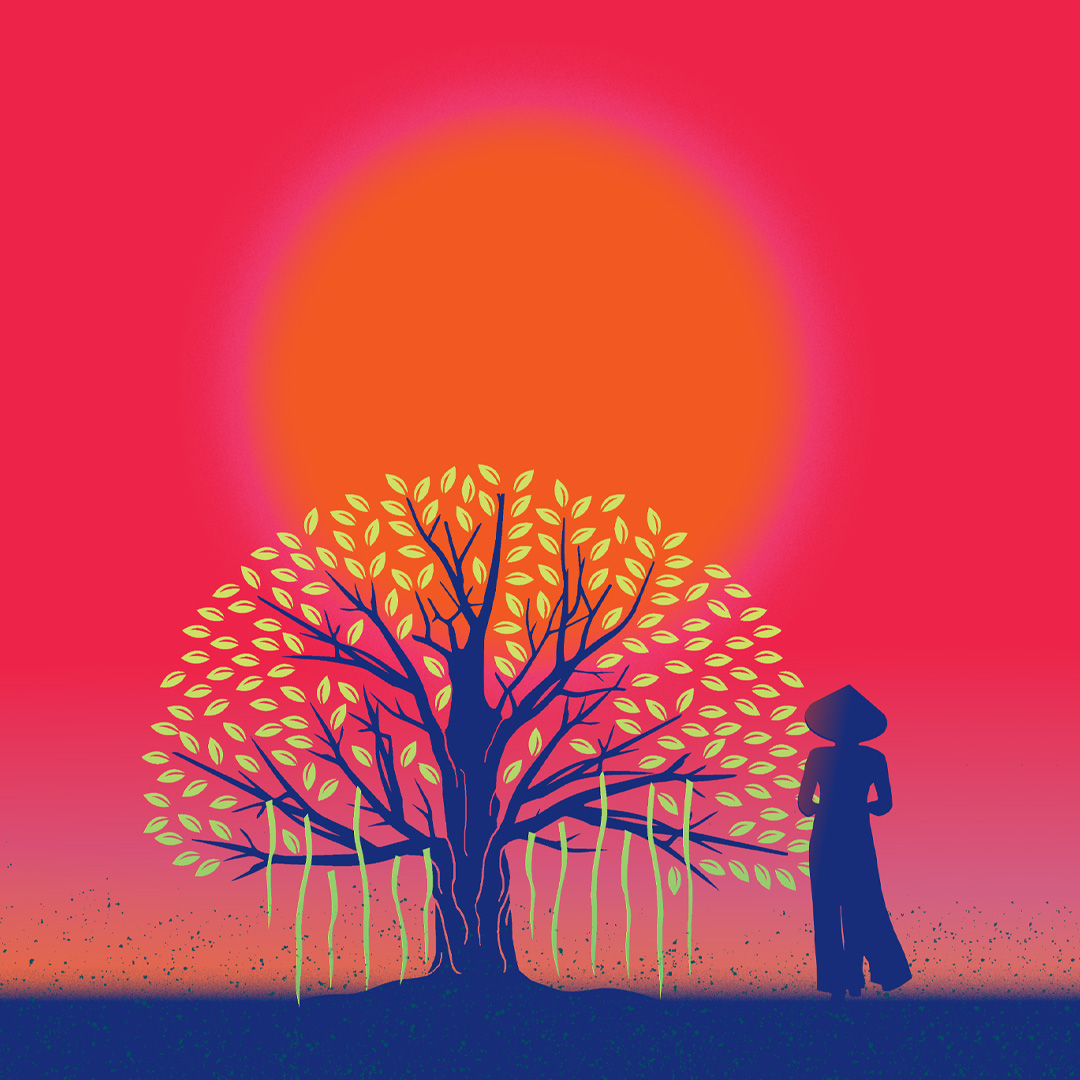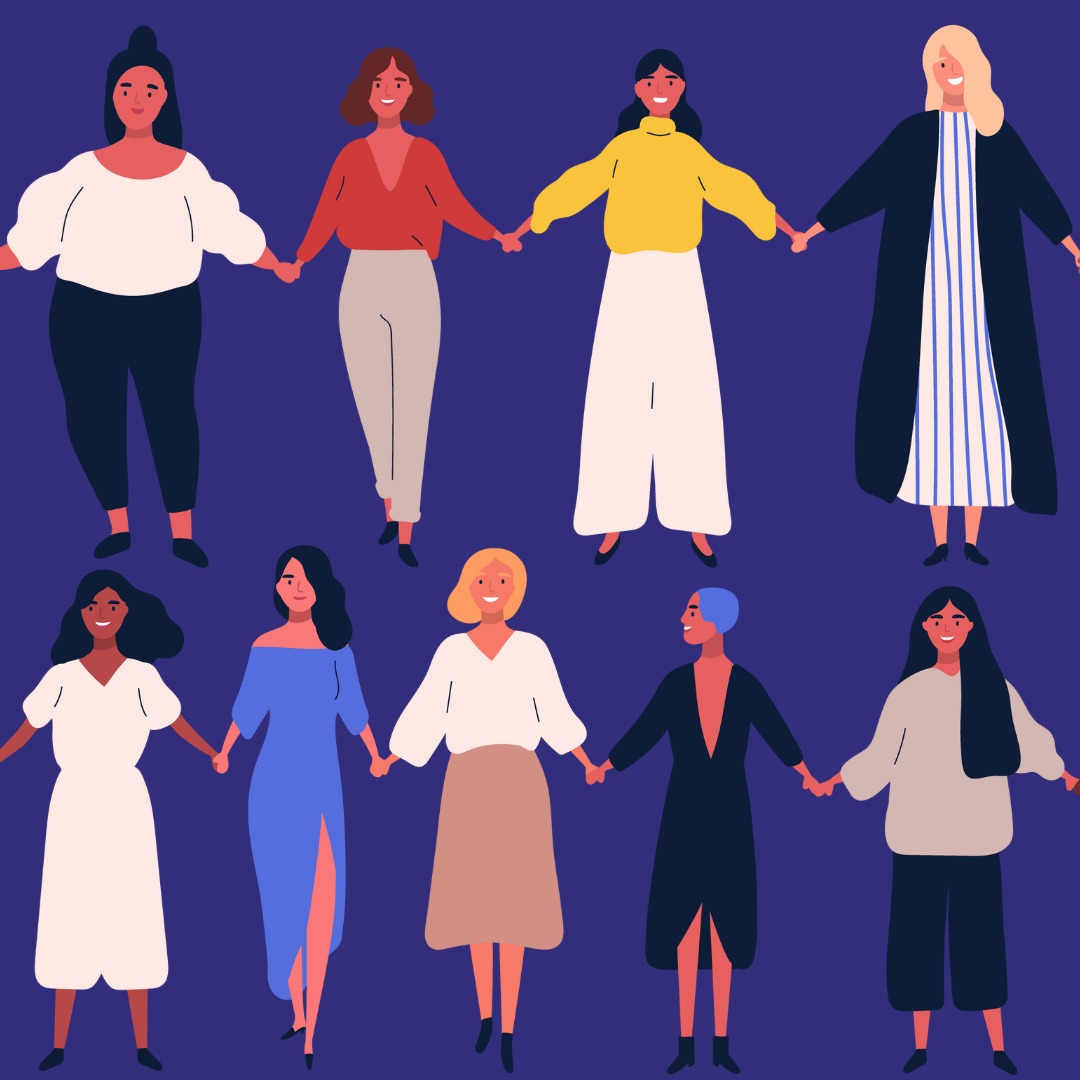“What Left the Earth” – An Essay by the Author of Savage Country
Honored and admired author Robert Olmstead returns with Savage Country, a novel “about America told through its land and its animals and its diverse people and, especially, through the experiences of two vivid, singular, powerful characters,” as Kirkus Reviews raved Here, Robert describes his inspiration for his novel: the strong women who raised him, and the beauty and danger of the natural world.
. . .
 The year is 1873. Elizabeth Coughlin, a woman of energy, grace, and self-possession, has been undone by the death of her husband. She lost him in a violent accident and learned the secret that’s been haunting him for months. The comforts of their prosperity have been a lie. Insolvent, they’ve been living on the verge of bankruptcy. As a woman of the long nineteenth century she could not hope for a life beyond home and husband, and now she has neither.
The year is 1873. Elizabeth Coughlin, a woman of energy, grace, and self-possession, has been undone by the death of her husband. She lost him in a violent accident and learned the secret that’s been haunting him for months. The comforts of their prosperity have been a lie. Insolvent, they’ve been living on the verge of bankruptcy. As a woman of the long nineteenth century she could not hope for a life beyond home and husband, and now she has neither.
Elizabeth, the heroine of Savage Country, is sourced from the three generations of women who raised me. They were businesswomen and farmers, nurses (so many nurses) and teachers, social workers, restaurateurs, and railroad agents. They were artists, immigrants, and bohemians. They belonged to civic, religious, and sororal organizations. They smoked and played cards and occasionally they took a drink. They owned land, houses and barns, horses and cattle, stocks and bonds. They had their own bank accounts. Many had wealth. Self-denying and self-disciplined, they felt the responsibility that wealth should increase. They were Daughters of the Revolution. They buried a lot of husbands.
My great-aunt Adeline (1897–1976) was completing her first year at Simmons College when she decided to abandon book learning and become a railroad telegraph operator on the Boston and Main. This was in 1917, and she was the only woman employed in the Connecticut River division at the time. She worked the lonely nights of the graveyard shift, with no human habitation in sight and no sound except the call of some wild animal. Tramps were aplenty, and her supervisor advised that she carry a gun and learn how to use it, but she never did. When I was a boy, I used to take care of her yard. She told me, “If I were broke and footsore and hungry, I wouldn’t want to have the muzzle of a revolver poked between my ribs just because I asked for something to eat.” On the whole she found the tramps to be polite and invariably grateful for little kindnesses. She had a poem that one wrote for her and she carried it into old age:
If all the girls were like this girl that passes by this shack,
You’d have to go out every moment, longing for her to come back,
It’s a girl like her that makes life worth living for a poor, old, lonely tramp.
I’d guide her footsteps on her way, but I do not have a lamp,
I’d like to climb this cliff and write her name in letters bold,
For it’s seldom that you find a girl with a heart of gold.
Following the path of these great women, I was able to get back to Elizabeth Coughlin, a strong, talented,and resourceful woman, though life was not so filled with opportunity for her. In the eyes of the law she had no identity beyond that of her husband. In the words of the Declaration of Sentiments drafted at the 1848 Women’s Rights Convention in Seneca Falls, New York, she was “civilly dead.” She had no property rights, even to the wages she might earn. She was compelled to obedience. Theology, law, medicine, education, politics, these were closed to her. Think about this: because women owned nothing their clothes had no need for pockets. And after you have thought about it, think about it some more.
We were driven then as now by economic imperative, and then as now no one felt this more acutely than women. So, in September of 1873, after her husband’s death, Elizabeth embarks on a buffalo hunt with her estranged and mysterious brother-in-law, Michael, to salvage something of her former life and the lives of the hired men and women who depend upon her. They plunge south across the aptly named Deadline demarcating Indian Territory from their home state of Kansas. Nothing could prepare them for the dangers that lie ahead.
. . .
The women who raised me, theirs was a neat trick of parenting. They reprimanded simultaneously for not obeying and for not having a mind of one’s own. When the time came they turned the boys over to the men and work. The girls worked too, though at the time it did not seem they worked as much as the boys. Little did I know.
The natural world was where we worked. While the women taught me one kind of strength, the men taught me another. We cut wood, built fences, planted seeds, baled hay, chopped corn, chased cows. The outdoors was where we swam, played baseball, slept, fished, traipsed, roved, and imagined. It was my grandfather who taught me the husbanding of farm animals and my father who taught me of the disappearance of wild animals: bears, deer, buffalo, wolves, passenger pigeons. The diminishing numbers were staggering. The amount of life expired, like a deep sigh, the suspiration of the earth as it gave up so many animal souls.
In Savage Country, I intimate how the greatest mass destruction of warm-blooded creatures in human history took place during the second half of the nineteenth century. Buffalo, bear, wolf, elephant, hippopotamus, lion, giraffe, the large vertebrates of the earth, all succumbing to the bullet. It was more than killing and dying and death. Something left the earth, something that has never returned.
In the United States, the buffalo were especially decimated. By the time we were done, the once-vast herd of fifty million buffalo was reduced to no more than five hundred animals, constituting a complete transformation of life into a means of production. Contrary to popular belief, the termination of so much life was not wanton, was not a campaign against Native Americans. It was for industrial belting. Looms, lathes, drop forges, saws, all machines received their motion and energy from a series of endless belting and pulleys connecting them to a water turbine or steam engine. In 1871 came a new method for tanning the buffalo’s tough hide to make these belts, and along with the invention of the Sharps rifle, the massacre commenced. Between 1872 and 1874 the Union Pacific Railroad alone shipped 1.3 million hides.
Being the supposedly superior animal that we are, we humans have not done a very good job with the world we have been given. We have yet to stop taking, rendering, killing, commodifying, abusing, using, using up. When thinking about the animals that were massacred in the 1800s, one might say, “That was then.” But the current global wildlife trade is estimated to generate billions of dollars annually—from whale products to rhino horns, mounted, confiscated animals and animal parts, every species imaginable. The large, charismatic megafauna still trafficked for their ivory, horn, bone, and skin are especially at risk.
Having conquered all that walks upon the earth and grows in its soil and swims in its water, we turned our sights upon that which resides within the earth: oil, gas, and coal. Will we take them until they are gone? And what of our children’s children and their children and their children? How will they answer when asked if the choices we made, as a civilization, were humanizing or harrowing?
But before there was history, before there was economics and science and philosophy, there were human beings, and I was trying to tell the story of one—a woman named Elizabeth Coughlin. Like all human beings, she wants autonomy, independence, self-determination, and freedom, but as a woman of the nineteenth century these are not rights afforded to her. So when tragedy strikes, she realizes she must act. She must journey beyond the strict boundaries of her upbringing. She must leave the world she knows and enter the unknown, and it is her story that sparked my imagination: her crisis, her struggle, her trials and tribulations, the arc of her inner being. It is her story that sent me to the writing desk, because I needed to know what would happen, to her and to Michael, a young man who’d already seen too much of the world. I had to write their story because despite how harrowing their circumstances, their lives, and the lives of other good people like them, gave me strength and hope that somehow our many wrongs can be made right.
Click here for more about Savage Country by Robert Olmstead.





